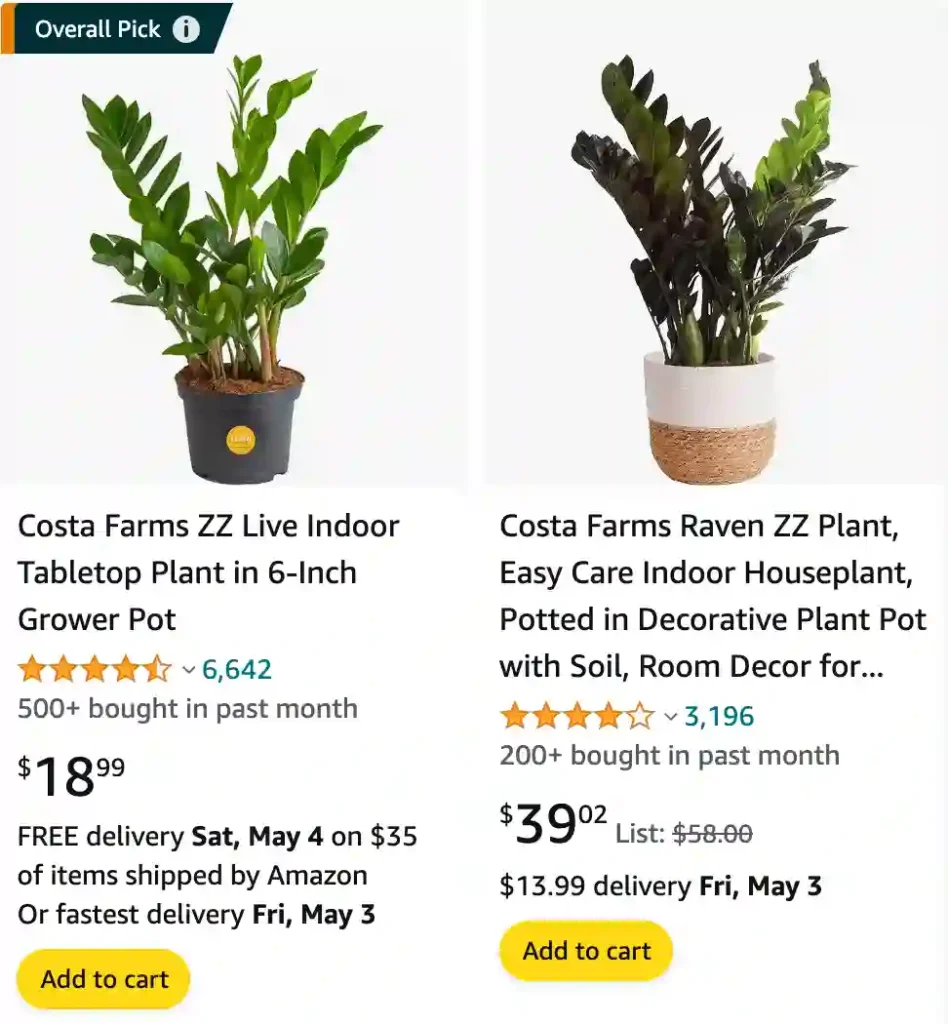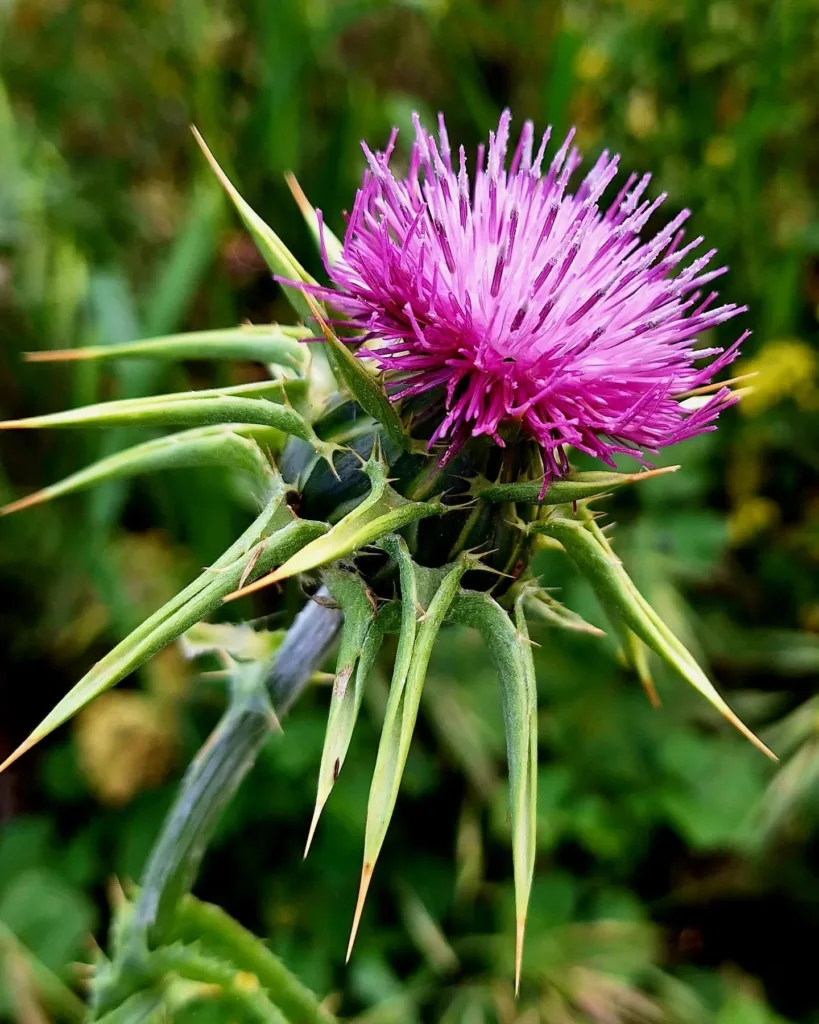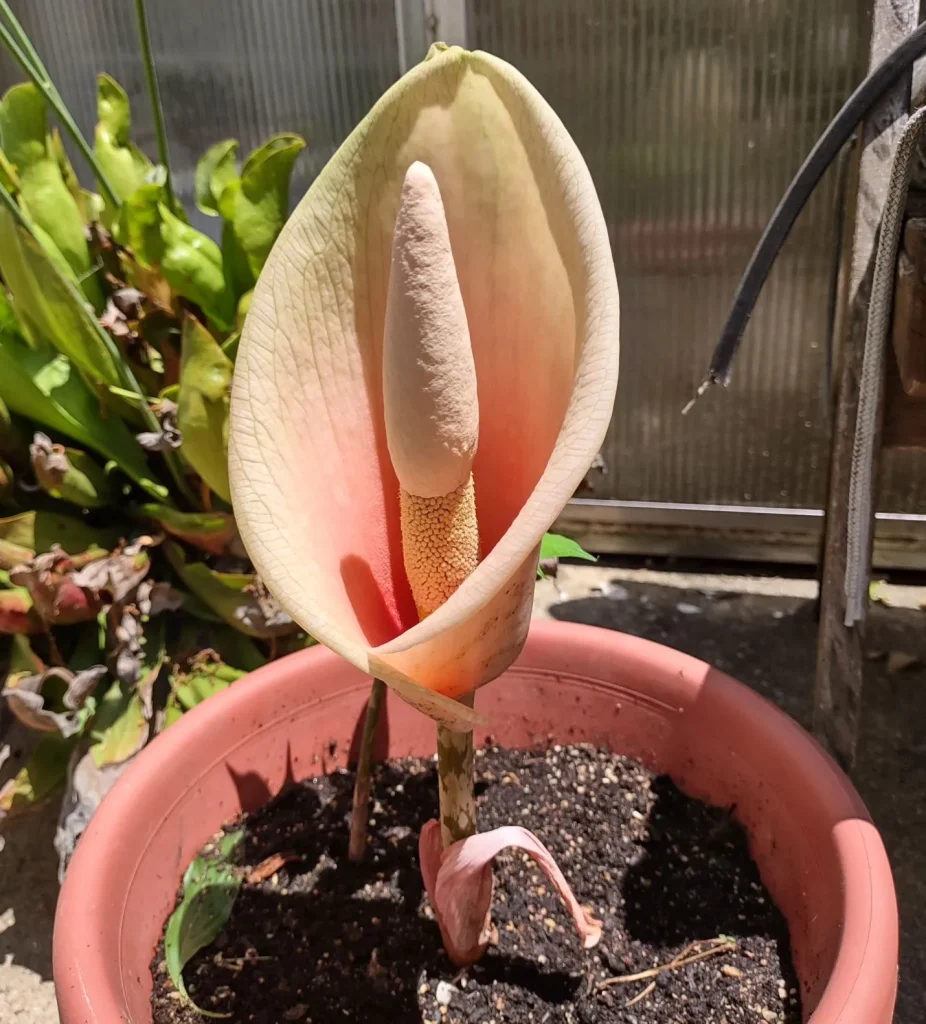
My Journey with the Resilient ZZ Plant – Zamioculcas Zamiifolia
The ZZ plant, or Zamioculcas zamiifolia, has been a cornerstone of my indoor gardening experience. This low-maintenance plant, with its glossy, dark green leaves and upright growth habit, is as striking as it is forgiving. Over the years, it has taught me valuable lessons about patience, adaptability, and how even the simplest plants can elevate a living space. Let me share my journey with this botanical marvel.
Discovering the ZZ Plant
I first encountered the ZZ plant while searching for a houseplant that could thrive in low light. My home doesn’t get a lot of direct sunlight, so I needed something hardy. Friends and online forums unanimously recommended Zamioculcas zamiifolia. Its reputation for surviving neglect intrigued me.
The plant’s structure is what initially drew me in. The symmetrical leaves, each waxy and smooth, almost appear artificial at first glance. Yet, there’s a natural elegance to its simplicity. It’s a minimalist’s dream—clean lines and vibrant foliage without the need for constant pampering.
Why the ZZ Plant Stands Out?
Resilience
The ZZ plant has an incredible knack for survival. It thrives in conditions that would spell doom for other plants. I’ve seen it flourish in low light, dry air, and even during stretches when I forgot to water it. This resilience comes from its underground rhizomes—thick, potato-like structures that store water for drought-like conditions.
In my busiest months, when watering schedules went out the window, the ZZ plant stood firm, unbothered. It’s a plant that meets you where you are, forgiving your mistakes and rewarding you with vibrant growth.
Aesthetics
Few plants match the sculptural beauty of the ZZ plant. Its upright, arching stems create a bold silhouette. The glossy leaves reflect light, giving any room a touch of brightness. I’ve placed my ZZ plants in corners where they soften harsh lines and add life to the space.
What’s remarkable is how versatile it is. Whether in a sleek ceramic pot or a rustic terracotta one, the ZZ plant fits effortlessly into any decor. It’s equally at home in a modern apartment or a cozy cottage.
Caring for the ZZ Plant
Watering
If there’s one rule I’ve learned, it’s this: less is more. The ZZ plant prefers to dry out completely between waterings. Overwatering can lead to root rot, which is one of the few ways to harm this otherwise hardy plant.
I water mine every two to three weeks, depending on the season. In winter, I stretch this to four weeks as growth slows down. If the soil feels dry a few inches down, it’s time to water.
Light
While the ZZ plant tolerates low light, I’ve noticed it thrives with moderate, indirect light. Placing it near a north-facing window or a spot with filtered sunlight gives the leaves an extra sheen. That said, it’s not fussy—mine has grown just as well in dim corners.
Soil and Potting
Well-draining soil is key. I use a mix of potting soil, perlite, and sand to ensure proper drainage. The plant’s rhizomes hate sitting in water, so I always choose pots with drainage holes.
Propagation
Propagating the ZZ plant is a joy. I’ve propagated mine through leaf cuttings and by dividing the rhizomes. Leaf propagation takes patience—it can take months for a new plant to emerge—but it’s deeply rewarding.
Benefits of Having a ZZ Plant
Air Purification
NASA’s studies on indoor plants show that the ZZ plant can help improve air quality. It removes toxins like xylene and toluene, making it an excellent choice for bedrooms or offices.
Low Maintenance
For someone like me, who juggles multiple hobbies and responsibilities, the ZZ plant’s low-maintenance nature is a blessing. It doesn’t demand daily attention, allowing me to focus on other parts of my plant collection.
Stress Relief
There’s something therapeutic about tending to plants, even ones as undemanding as the ZZ plant. Wiping its leaves to remove dust or simply admiring its structure brings a sense of calm.
FAQs
Is zz plant toxic to cats?
ZZ plants always give me trouble when it comes to the cats. While they aren’t super toxic, my curious furballs can’t seem to resist chewing on the leaves. It always results in a bit of drooling and sometimes some vomiting. Definitely not fatal, but the poor kitties look so miserable and I hate seeing them uncomfortable. I’ve resorted to keeping my ZZ plant on a high shelf where they can’t possibly reach it, which is a shame because I love the way it looks on my coffee table.
Why is my zz plant turning yellow?
Ugh, those yellowing leaves on my ZZ plant are stressing me out! It’s such a low-maintenance plant usually, but lately I’ve been seeing more and more yellowing. I’m pretty sure I’m overwatering it again. I know they like to dry out completely between waterings, and I’m terrible at remembering! I think I’m going to have to stick my finger in the soil more often, because underwatering wouldn’t cause yellowing, would it? Maybe I should just repot it with some fresh, well-draining soil. That should help, right?
When to repot zz plant?
My ZZ plant has been thriving lately, which is great, but it’s starting to look a little cramped in its pot. The roots are peaking up at the soil line and sometimes they even push out through the drainage holes. I know its time for a repot, but I’m always a bit terrified to do it because ZZ plants are pretty resilient. Still, I want it to keep growing and I feel like a bigger pot would give it the encouragement it needs. I guess I’ll head out to the gardening store this weekend to find a new pot and some fresh soil.
Does zz plant like to be root bound?
ZZ plants always amaze me with their hardiness – they really don’t mind being a bit rootbound! In fact, I’ve noticed mine tends to put out more new growth when the pot feels a bit cozy. Of course, I don’t want to totally neglect my plant. I’ll usually repot it when the roots start to really crowd the pot or push up to the surface too much. I find that gives it a nice boost of growth, and keeps it from getting too stressed in its old container.
How to water zz plant?
I used to find watering my ZZ plant confusing because everyone says they thrive on neglect. It took me a while to figure out the best way to water it. I finally discovered the magic trick is to give it a thorough deep watering, but only once the soil has dried out completely. I tend to let mine get bone dry before I soak it. Honestly, sometimes I forget all about it for a few weeks, and it seems perfectly happy! The important thing is to not keep the soil constantly damp, as that’s a surefire way to cause root rot.
How much light does a zz plant need?
My ZZ plant is one of the most forgiving plants I own when it comes to light. It’s done well in both low-light corners of my apartment and brighter spots near the window. Right now, it’s on a shelf in my living room where it gets some indirect morning light and stays fairly shaded for the rest of the day. It puts out nice new growth there, so it seems pretty content. I love how versatile ZZ plants are – they make it so easy to have a bit of greenery even in darker rooms.
How to prune zz plant?
I rarely find myself needing to prune my ZZ plant. They grow so slowly that it’s not often a concern. But, there have been a few times when I’ve had to remove some yellowing leaves or stems that got damaged. I use sharp, clean pruning shears and cut the stem as close to the base as possible. Sometimes, if a lot of growth looks a bit scraggly or leggy, I’ll give it a light shaping just to keep it looking its best. It’s always so satisfying giving it a little trim and seeing how healthy it looks afterwards!
Is zz plant toxic to dogs?
Unfortunately, I learned the hard way that my ZZ plant isn’t the best companion for my dog. He’s got a habit of nibbling on houseplants, and while the ZZ plant didn’t make him terribly sick, it definitely caused him some discomfort. He had a lot of drooling and seemed a bit nauseous for a day or so after munching on a leaf. Thankfully, it didn’t get worse than that, but now I’m super careful to keep it out of his reach. It’s a relief to know it’s not seriously toxic, but I’d rather avoid any plant-related tummy troubles!
Why is my zz plant drooping?
Lately, I’ve noticed my normally sturdy ZZ plant getting a bit droopy. It always makes me a little nervous, as it can be tricky to figure out the cause. Could I be overwatering it? For ZZ plants, droopy stems are often the first sign of root rot. However, the soil feels pretty dry, so I’m a bit baffled. Maybe it’s time for a closer inspection – I’ll check those roots for signs of mushiness, just to be safe. If everything looks okay, I might experiment with giving it slightly more sunlight – sometimes drooping can be a sign it wants a bit more light. Fingers crossed I can get it back to its perky self!
Why is my zz plant not growing?
I’m getting a little impatient with my ZZ plant. It’s been in the same pot for over a year now, and while it’s healthy, I haven’t seen a single new leaf sprout up. I know ZZ plants are naturally slow growers, but this feels extra slow. Maybe it needs a repot – a little extra room might give those roots a boost. I think I’ll also start paying more attention to fertilizer. I’m usually kind of forgetful about it, but a little extra nutrition could be just what it needs to start putting out some new growth.
Is zz plant a succulent?
Yes, surprisingly, my ZZ plant is actually a succulent! Even though it doesn’t have the fleshy leaves that I associate with most succulents, it has thick rhizomes underground that store water. That’s what makes it so drought-tolerant and easy to care for! I always found it fascinating because it looks so different from typical succulents, but it shares that same ability to thrive on a bit of neglect.
What does an overwatered zz plant look like?
Sadly, I know the telltale signs of an overwatered ZZ plant all too well. I’ve made the classic mistake of being a little too attentive with the watering can. The most obvious symptoms are yellowing leaves and mushy, soft stems. Sometimes, the worst affected leaves might even fall off completely. It makes me so sad to see the usually glossy, green leaves lose their color and vibrancy. The worst part is knowing it’s my own fault! I’m trying to harden my resolve to let it dry out completely between waterings, because it’s much happier that way.
Where can i buy a zz plant?
I actually got my ZZ plant from my local garden center a few years ago, and I always see them there whenever I visit. They’re so popular and easy to care for, so you should be able to find one there! If you don’t have any luck, bigger home improvement stores usually have a decent plant section. I’ve even seen them sometimes at grocery stores! Plus, there’s always the option to order one online – a quick search will turn up a bunch of sellers who ship healthy ZZ plants right to your door.
Can i use succulent soil for zz plant?
Absolutely! I love using succulent soil for my ZZ plant. I usually mix in about half succulent/cactus mix with regular potting soil. The extra drainage keeps the roots happy and helps prevent soggy soil. Remember, ZZ plants are susceptible to root rot if they stay too wet, so the quicker drainage of succulent soil is a big win. I’ve noticed my ZZ plant seems healthier and puts out more new growth since I started using this mix.
Personal Reflections
Over the years, my relationship with the ZZ plant has deepened. It started as a practical addition to my home—a plant that could survive despite my beginner mistakes. But it became more than that. It’s a constant reminder of resilience and adaptability, traits I strive to embody.
Every time I walk past my ZZ plant, I’m reminded that even in low light, growth is possible. It’s a quiet but powerful presence in my home, teaching me to appreciate the beauty in simplicity and the strength in patience.
If you’re looking for a plant that’s both forgiving and stunning, the ZZ plant is your answer. It’s a plant for everyone—whether you’re a seasoned gardener or a curious beginner. For me, it’s more than a plant—it’s a companion on my gardening journey.
In the world of houseplants, Zamioculcas zamiifolia stands tall—literally and figuratively. Its resilience and elegance make it a staple in my collection, and I believe it could be in yours too.
If i die, water my plants!



